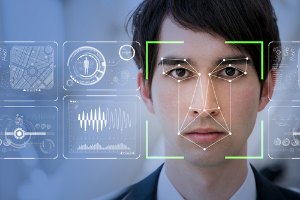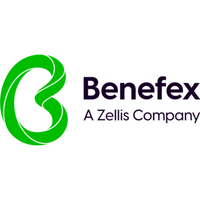Face-to-interface: UX and employee experience
Get your tech right, though, and you’ll find yourself in that coveted position of ‘employer of choice’.

User experience
Whichever technologies your business currently implements, the benchmark of quality will usually come down to two letters – UX. User Experience relates to someone’s overall interaction with a product, generally referring to how simple or intuitive it is.
Top consumer brands spend huge amounts of time, money and effort on the pursuit of unrivalled UX in order to remain at the top of their game. Without this constant testing, adapting, re-testing and evolving of their products, they run the risk of losing their highly sought-after users; users who won’t think twice about jumping ship to another, easier to use product. It’s estimated that, if Amazon’s load speed slowed down by one second, they would lose $1.6 billion in sales each year. The sheer magnitude of that loss is of course due to a reduction in the number of sales that can be processed each day, but also, statistics show that 40 per cent of us will abandon a site if the load speed is more than three seconds.
This ever-evolving battle to create the most attractive, intuitive app continually raises the bar for user experience, which in turn dictates the technologies we use in relation to our jobs.
Face-to-interface culture
It’s naïve to assume that today’s employees only interact face-to-face with company culture through their peers. They also interact face-to-interface with your digital technology. The more integrated we become with social media platforms and UX-focused mobile phone apps, the less prepared we are to settle for the old, out-of-date systems within our daily work life.
It has become the norm for technology (at the tap of a finger) to understand us and predict what we need to make our lives easier. From chat bots; which already give us guidance when we visit a website or help to resolve issues quickly, to ‘machine learning’; which surfaces the relevant content based on your previous choices through learned behaviours.
We expect these systems to be intuitive and non-complicated; after all, they are designed with us (the user) in mind. HR technology platforms are now subjected to the same user experience demands as any other ‘consumer’ applications. User experience is no longer a ‘nice to have’ in your HR tech… it’s expected!
Next stop: augmented and virtual reality
As the digital world continues to progress into new areas such as AR and VR, so too does the role of UX. Research and testing of how users interact with these new technologies will continue to adapt and drive the digital-human evolution. The possibilities are endless; VR opens the door to new methods of employee learning and training, and is already being tested as an onboarding process to familiarise new starters with their environment by simulating realistic job role experiences, way before they have even set foot through the door.
The HR role will also benefit from the advancements of VR interviewing; integrated social collaboration applications to help nurture loyalty and belonging; artificial intelligence that provides us with simpler ways of measuring engagement levels, spotting trends and speeding up the analysis of data across many different platforms.
At the moment, there is a distinct gap between the early adoption of this new technology by HR compared with the greater consumer uptake, however this will inevitably reduce as these new experiences become more mainstream. The need to retain existing employees through engaging technology, and the ability to entice new talent with an app that delivers a great user experience by making them feel valued and part of the team, is something that is going to give you that competitive edge.
User experience = employee experience
Irrelevant of where you are currently on the digital technology scale, at the end of the day, employees want an easy-to-use intuitive product that makes them more productive, allows them to get work done easily and as quickly as possible (great UX). The chore of logging into several different systems at the start of the day and having to remember various passwords has become a telltale sign of outdated tech. Not only does it cause undue frustration and anger, it also sets you up with a negative mindset for the day, even before you’ve opened your first email. Behind all successful consumer technology is great user experience. The implementation of any HR technology needs to meet these same principles if the aim is to deliver a great employee experience.
Author is Dan Maxwell, Digital Designer at Benefex.
This article was provided by Benefex.
In partnership with Benefex
The home of award-winning employee benefits, reward, recognition, & communications.







